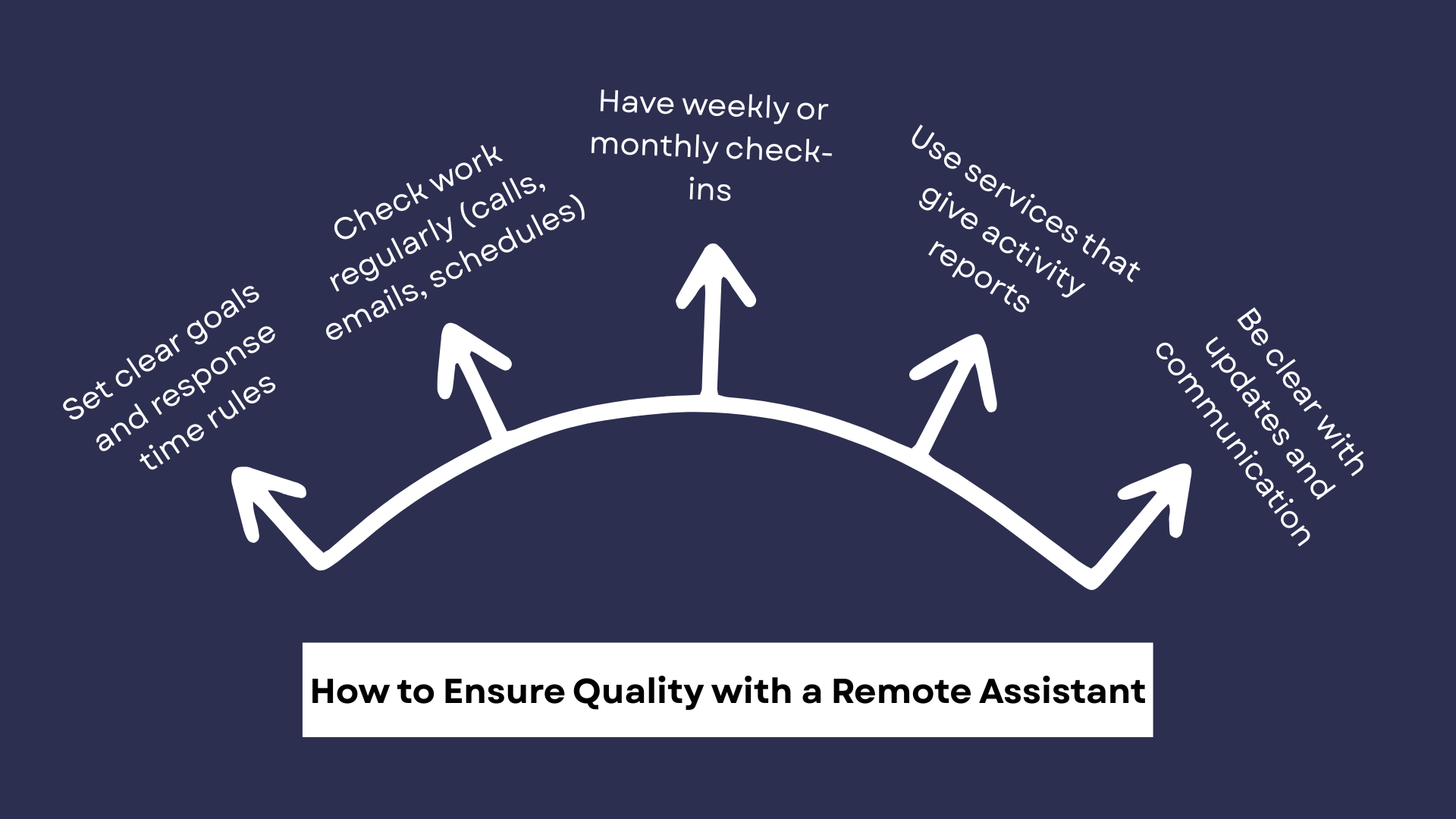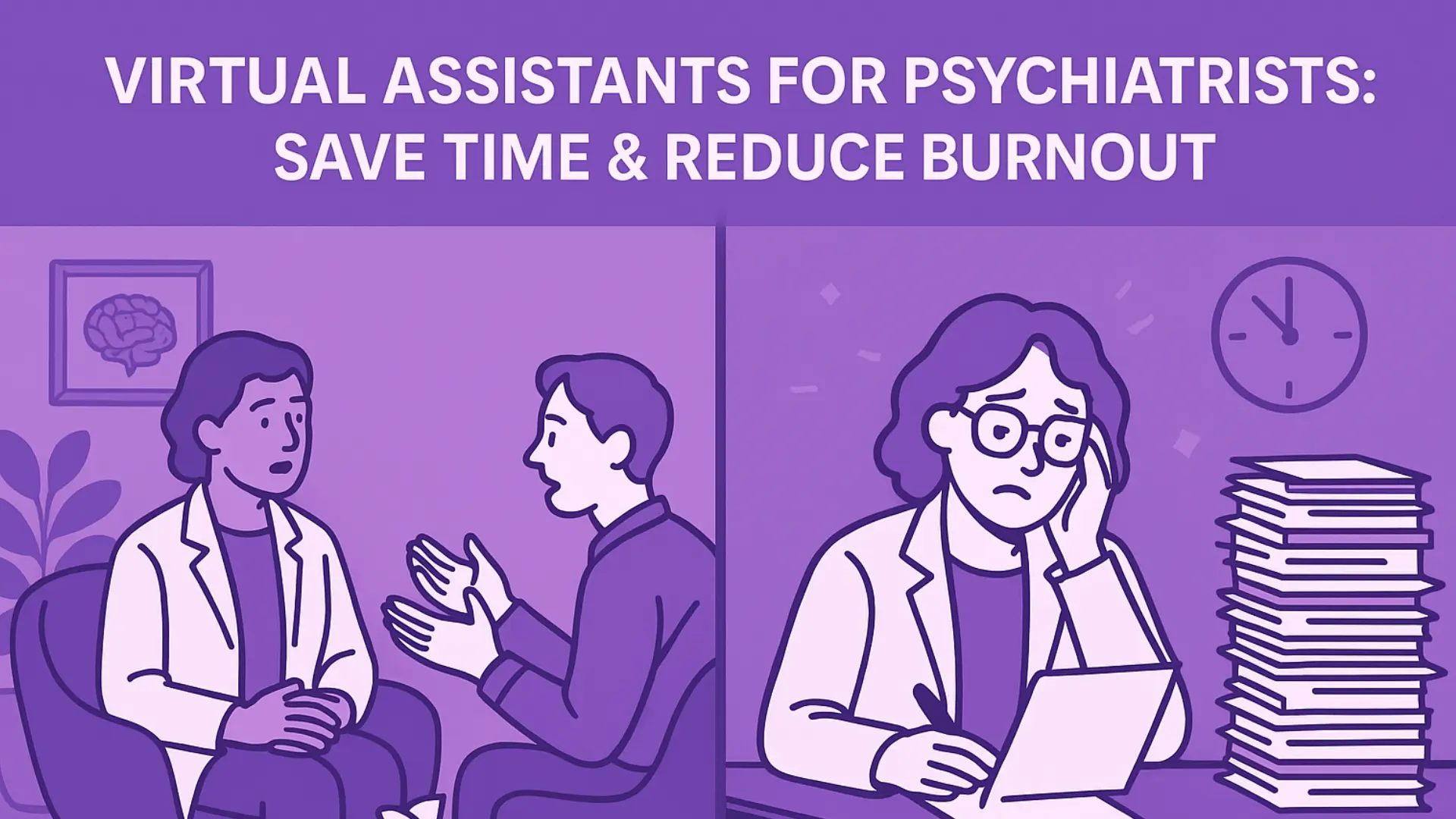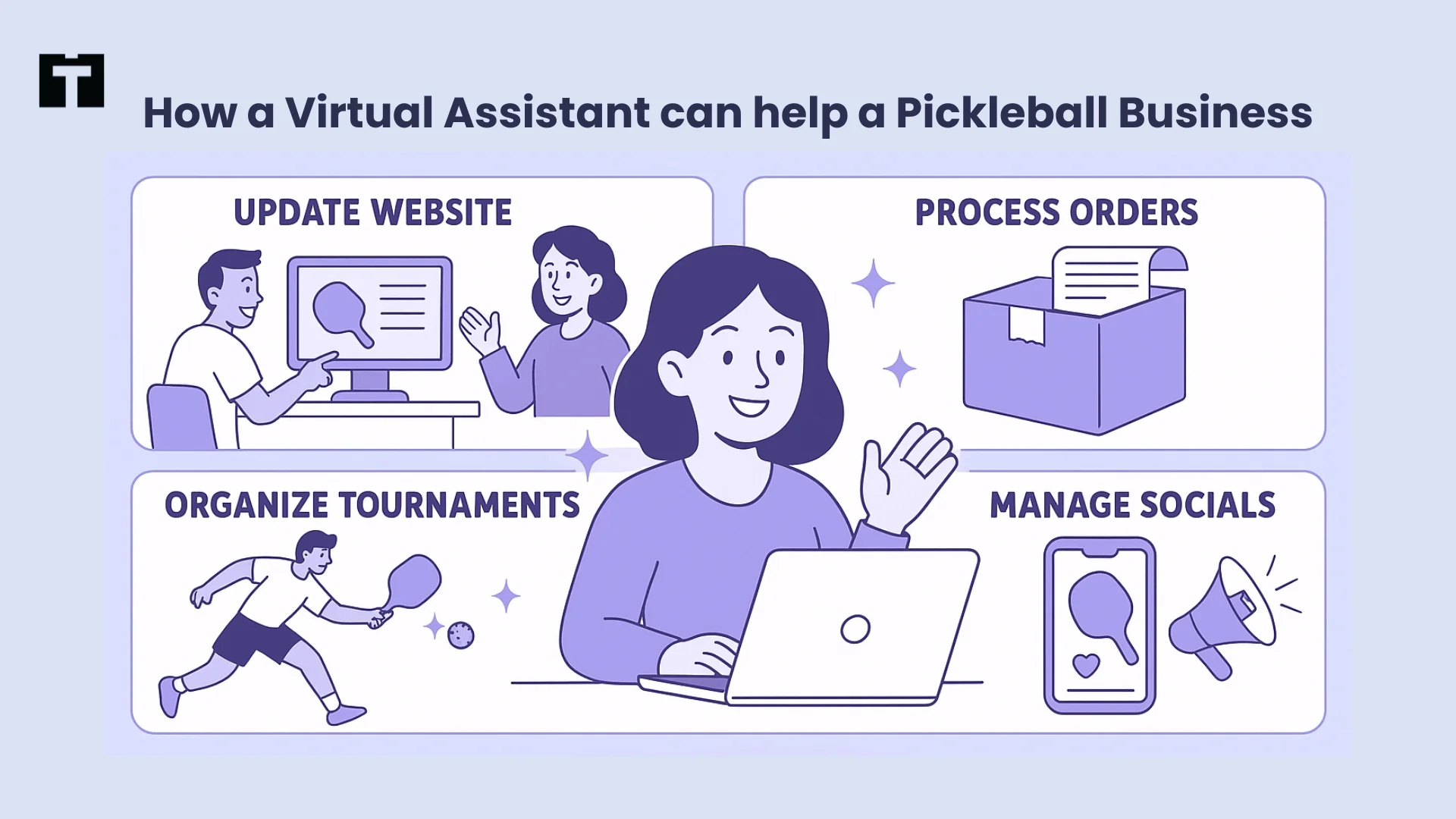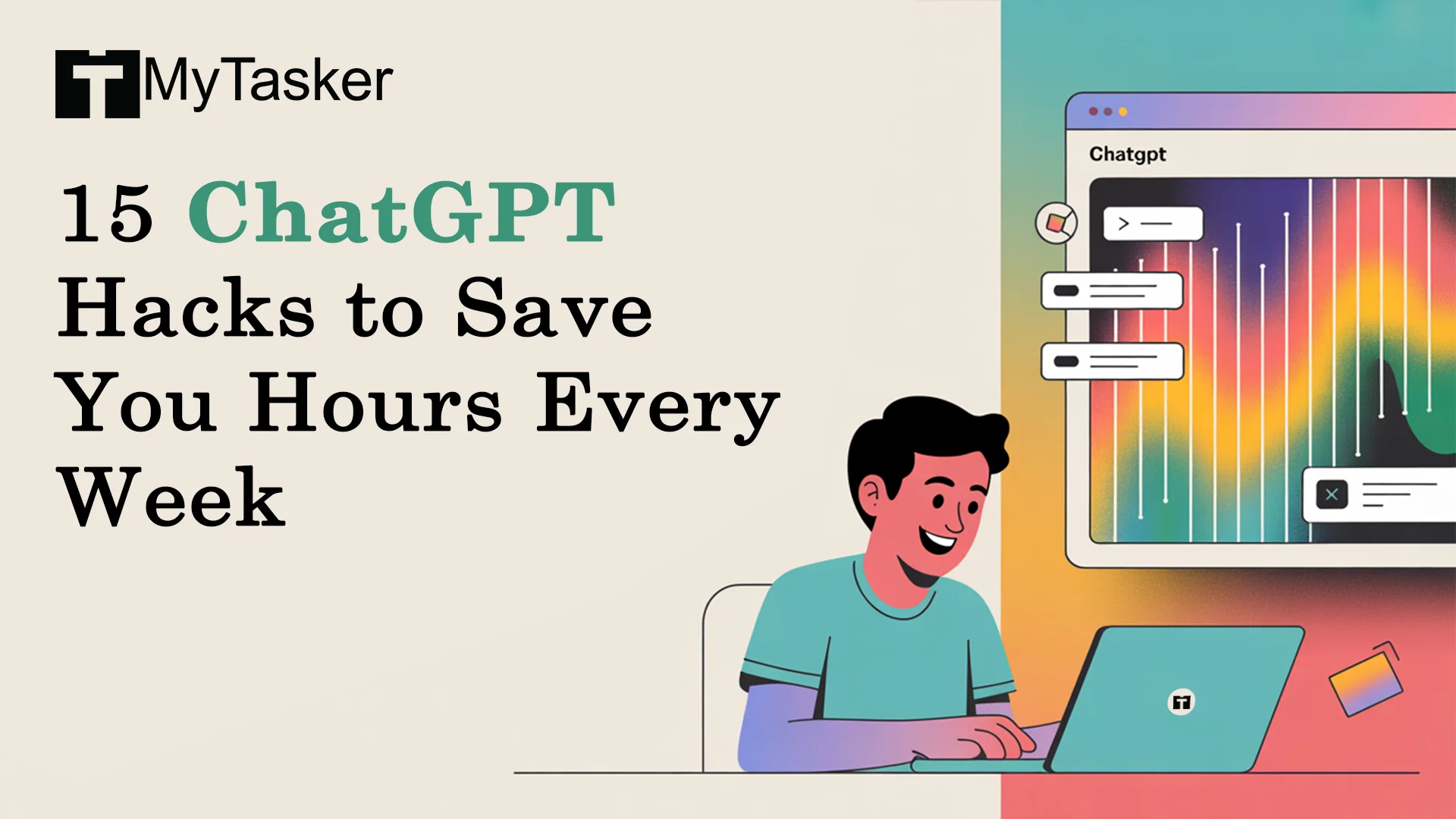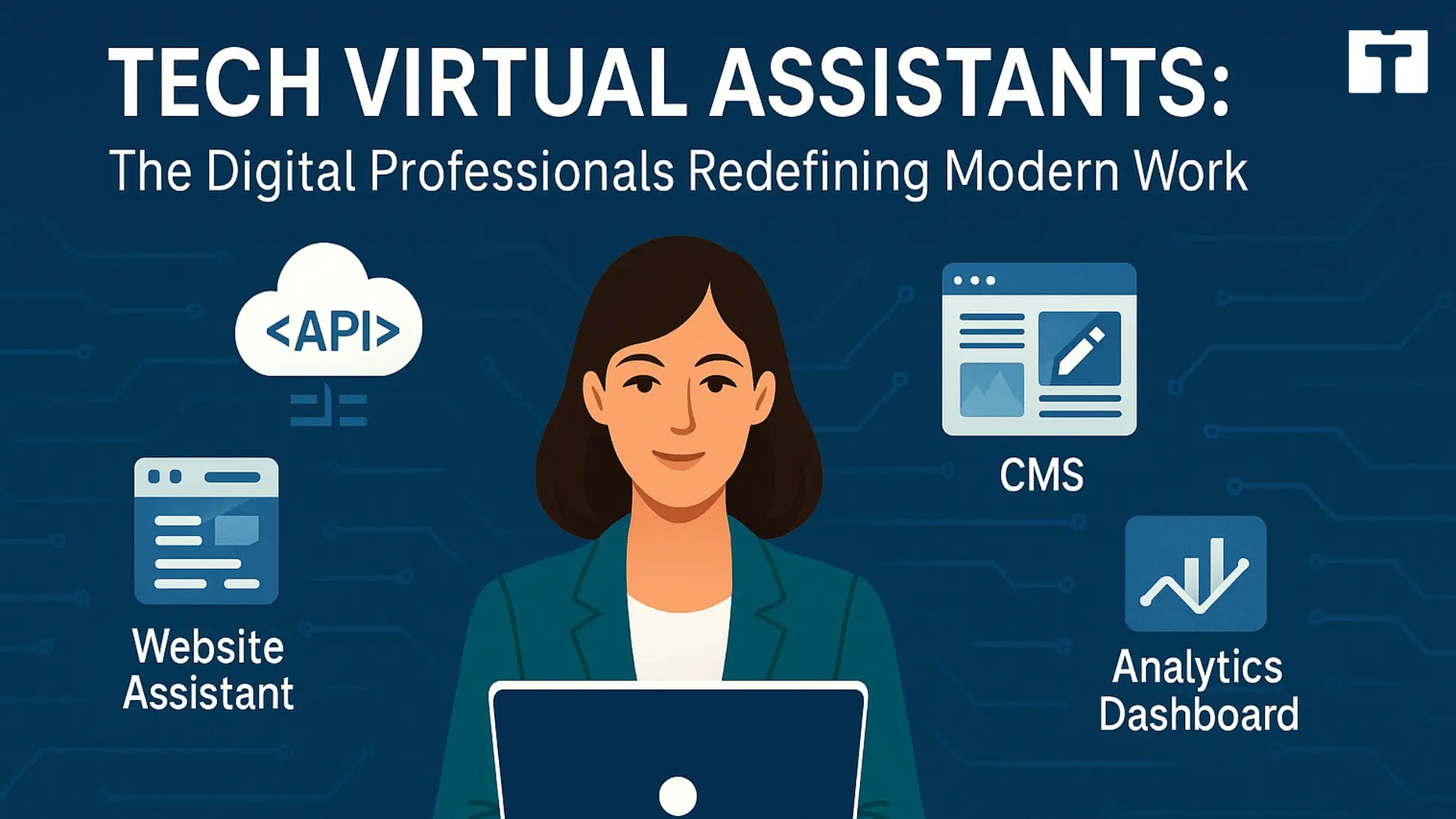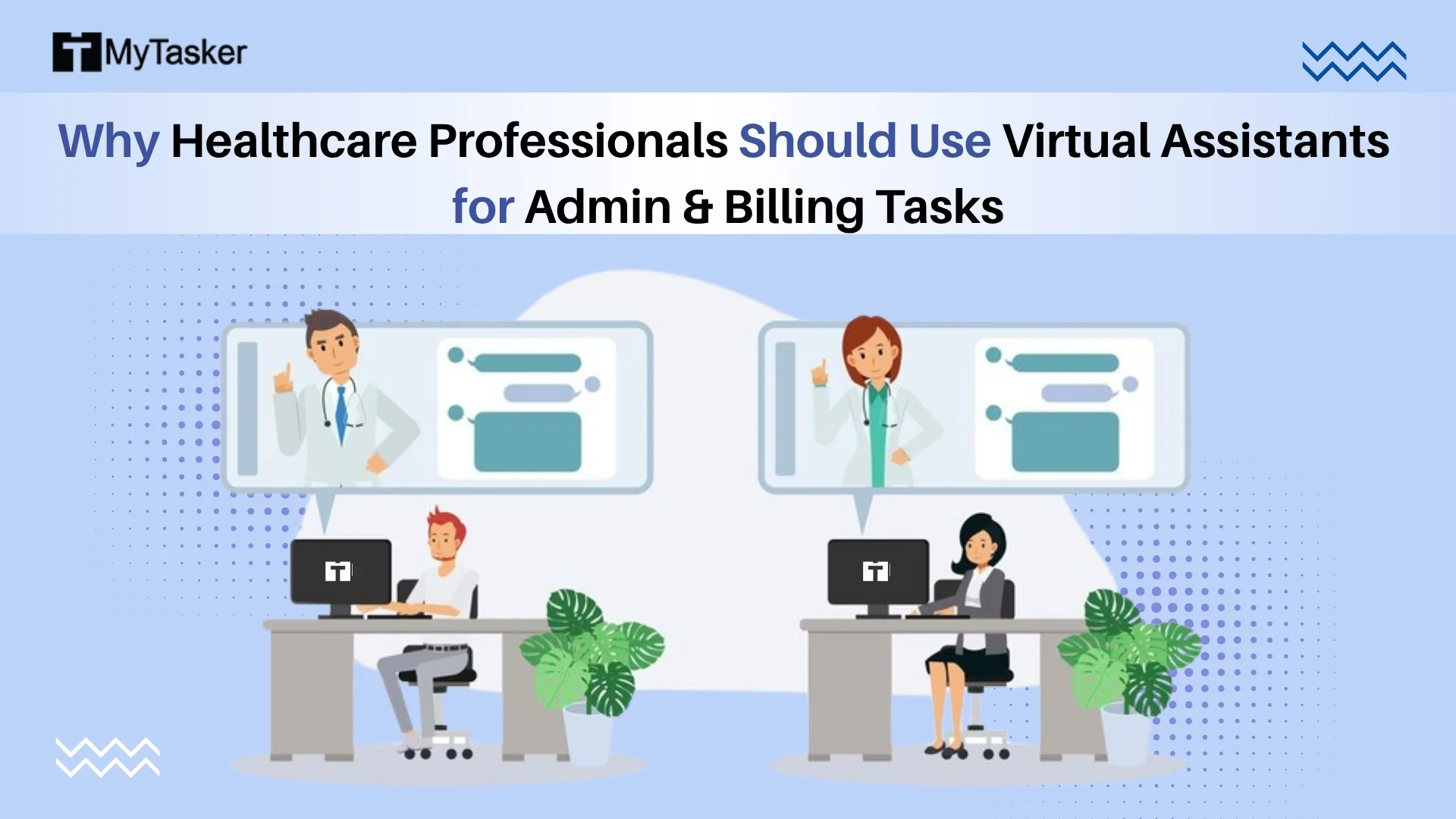Plastic surgeons today are juggling a tough act: delivering great surgical care while managing the business side of the practice. With surgeons spending 11 hours a week on administrative tasks, virtual assistants (VAs) have become the solution that allows medical professionals to get their time back and focus on patient care.
The Administrative Burden on Plastic Surgeons
The modern plastic surgery practice requires not just surgical skills but business acumen. Many surgeons find themselves splitting their time between:
- Patient consultations and procedures
- Marketing and social media
- Paperwork and scheduling
- Patient communication and follow-up
This administrative overload takes time away from patient care and can lead to burnout.
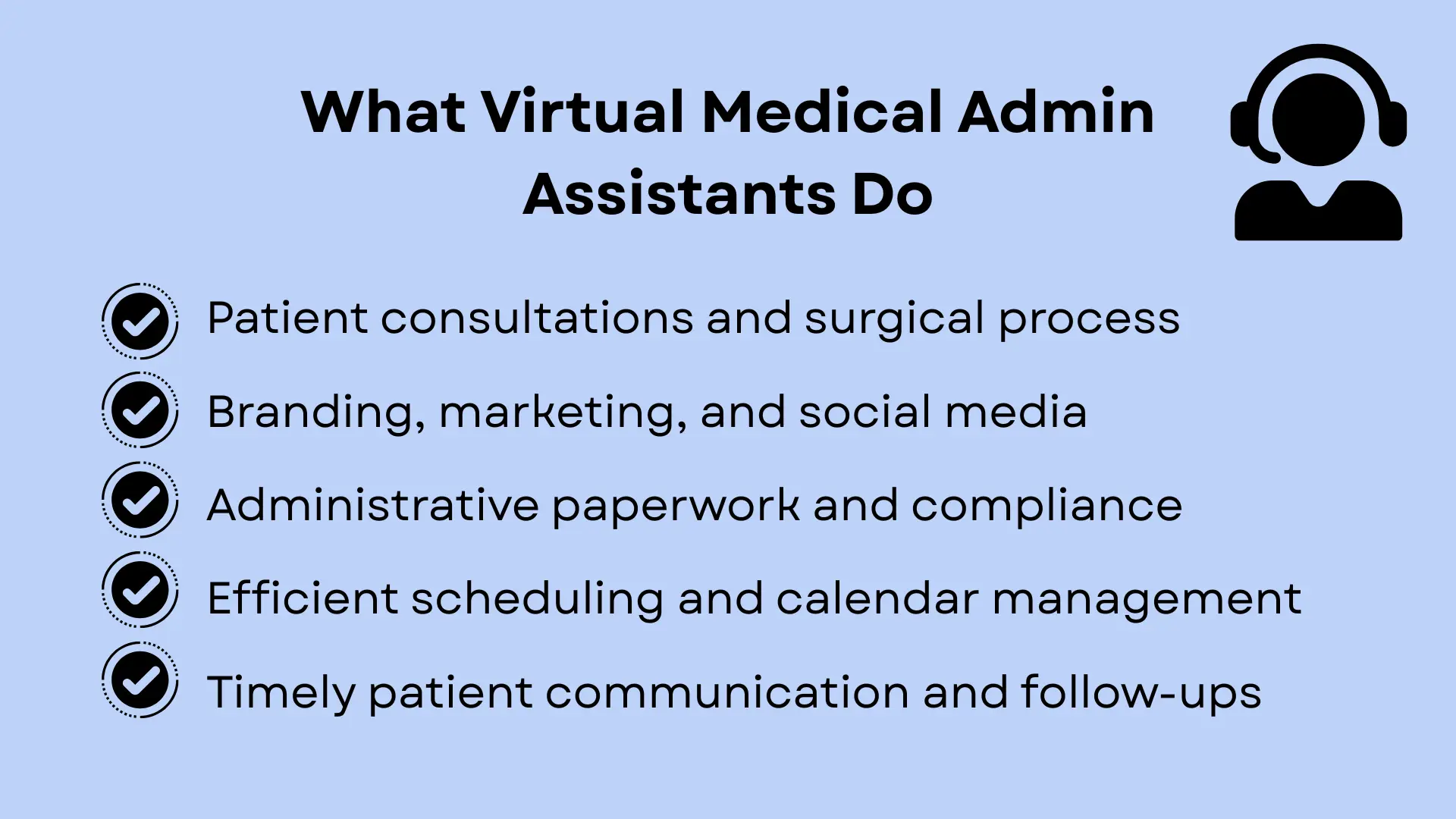
How Virtual Assistants Change Plastic Surgery Practices
- Marketing Support
A skilled VA can manage your practice's entire digital presence:
Social Media Management: Maintain active profiles, schedule posts featuring before/after photos (with consent), and engage with followers
Content Creation: Develop educational blogs, articles, and video content that establishes authority and improves SEO
Email Marketing: Create targeted campaigns for different patient segments (prospective patients, post-op clients)
Lead Generation: Monitor advertising campaigns and serve as first point of contact for new inquiries
SEO Optimization: Improve online visibility through keyword research, directory listings, and Google My Business management
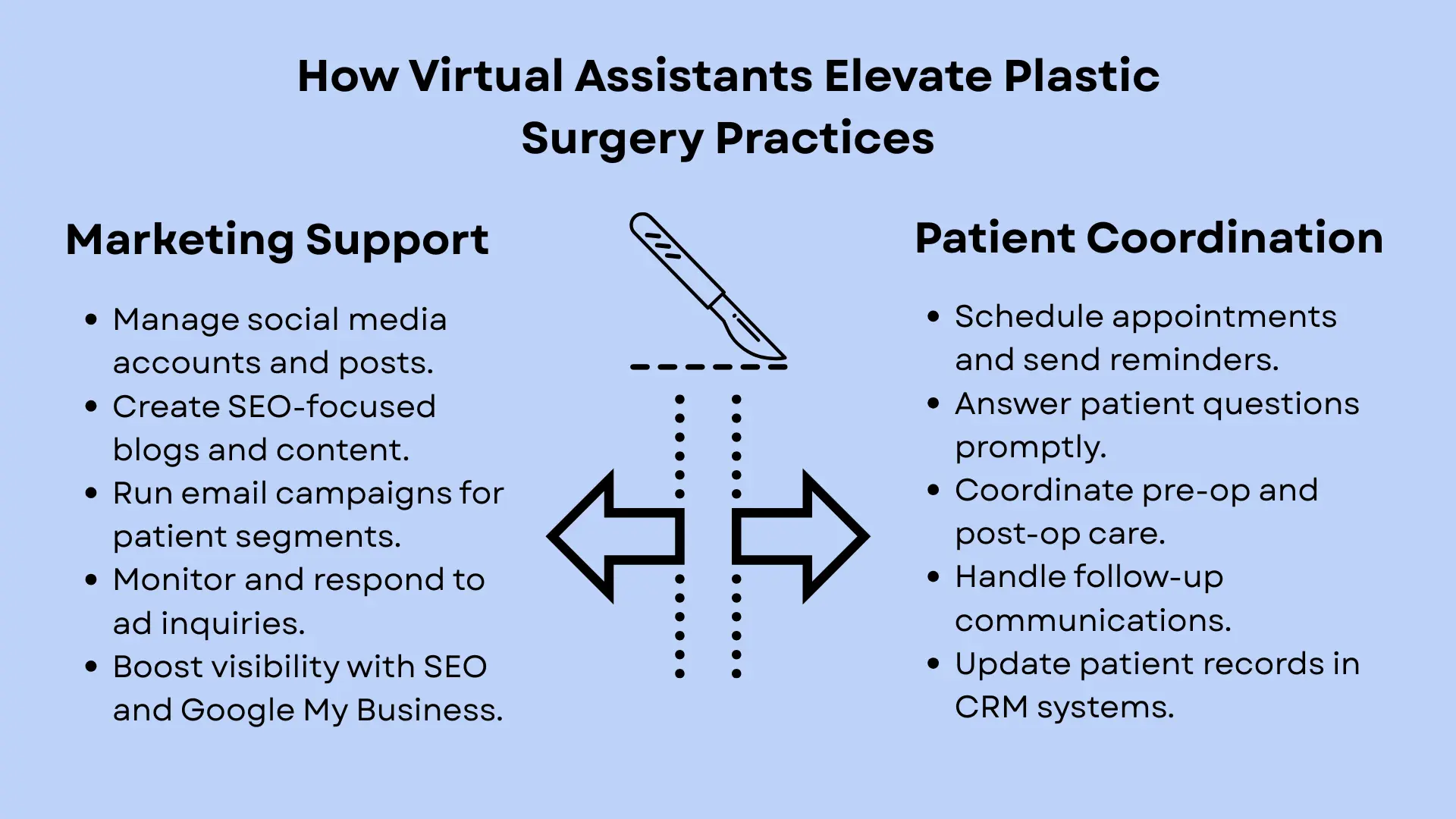
- Patient Coordination
VAs excel at maintaining smooth patient relationships through:
- Appointment Scheduling: Efficiently book consultations and procedures while reducing no-shows through reminder systems
- Patient Inquiries: Provide prompt, professional responses to questions about procedures and pricing
- Follow-Up Communication: Coordinate pre-operative preparation and post-operative care instructions
- Record Management: Maintain accurate patient data in CRM systems and electronic health records
Measurable Benefits for Your Practice
The impact of integrating a virtual assistant into your practice is substantial and quantifiable:
1. Enhanced Efficiency
By reclaiming those 11 weekly hours spent on paperwork, surgeons can see more patients or improve work-life balance. Staff can focus on in-person patient care rather than administrative tasks.
2. Significant Cost Savings
VAs typically cost 50-70% less than full-time employees when considering salary, benefits, office space, and equipment. One plastic surgery practice documented a 50% reduction in administrative expenses after implementing VA services.
3. Improved Patient Experience
Practices utilizing VAs report higher patient satisfaction scores—in one case jumping from 3.5/5 to 4.8/5—due to more responsive communication and streamlined processes.
4. Increased Revenue
VAs can directly impact your bottom line. In one case study, a VA helped recover over $100,000 in outstanding payments within just 45 days through systematic follow-up.
5. Operational Flexibility
Unlike full-time staff, VA services can be scaled up or down based on seasonal demands or practice growth, providing adaptability without long-term commitments.
Real Results from Real Practices
The transformation can be dramatic:
- One clinic shifted from staff spending 70% of their time on administrative tasks to dedicating 80% of their time to clinical care
- Another practice used VA-driven efficiency to expand service offerings without increasing costs
- Several surgeons report being able to take on more patients while simultaneously improving satisfaction scores
Conclusion
For plastic surgeons seeking to grow their practice while maintaining excellence in patient care, virtual assistants offer a strategic advantage. By delegating time-consuming marketing and administrative tasks to skilled VAs, surgeons can focus on what they do best—transforming patients' lives through their surgical expertise.
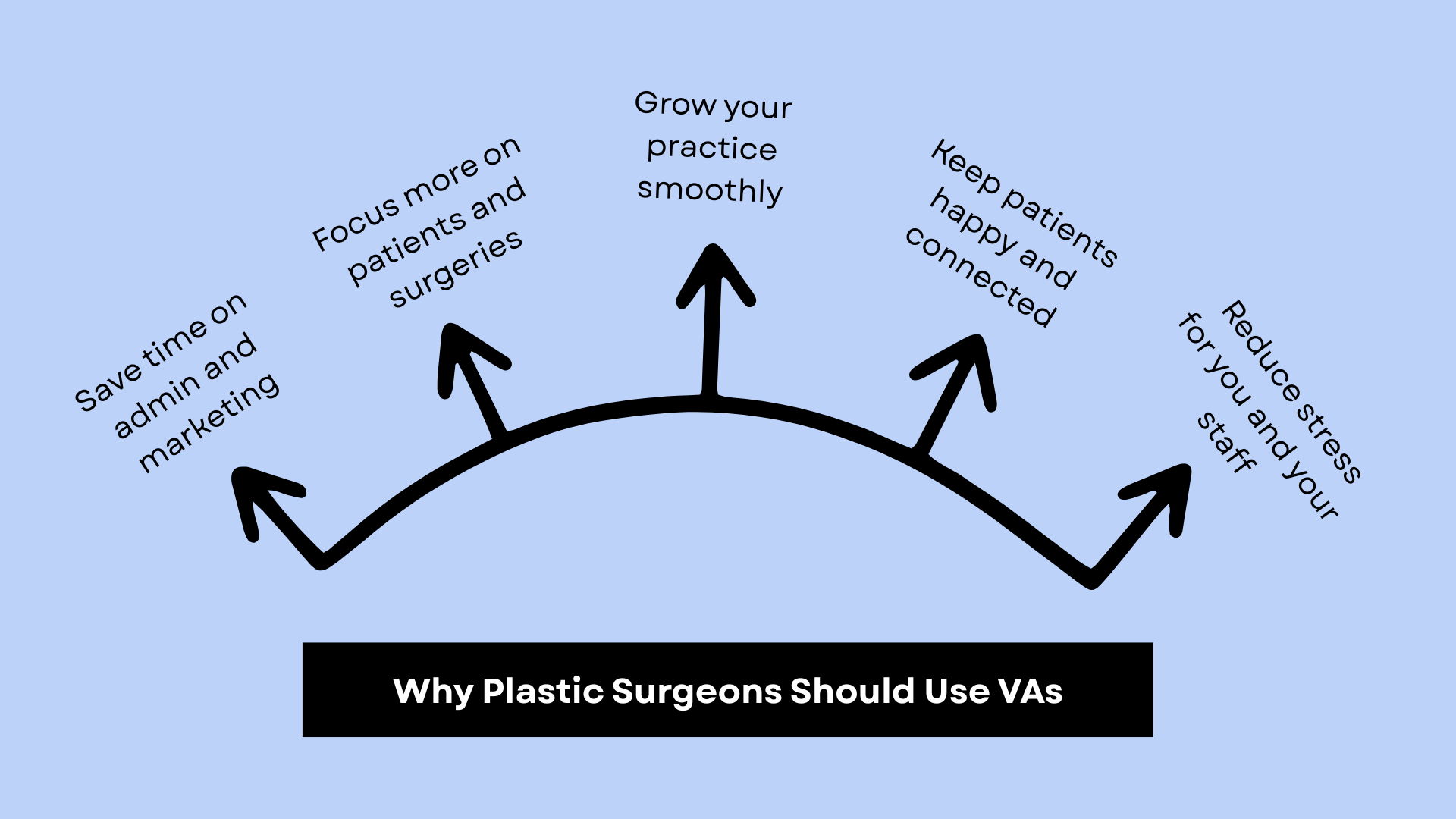
The evidence is clear: practices that embrace virtual support achieve sustainable growth, improved patient satisfaction, and a better work-life balance for surgeons and staff alike.
Frequently Asked Questions
What's the difference between a virtual assistant and an in-office assistant?
Virtual assistants work remotely, eliminating costs associated with office space, equipment, benefits, and full-time salaries. They can be hired for specific tasks or hours needed, providing greater flexibility than traditional employees while still delivering professional administrative support.
Are virtual assistants HIPAA compliant?
Yes, many virtual assistants specializing in healthcare are trained in HIPAA compliance. When hiring, verify your VA has received proper HIPAA training and will sign a Business Associate Agreement (BAA) to ensure patient information is protected.
How do virtual assistants communicate with patients?
VAs use your practice’s existing systems—whether that’s your phone system (through call forwarding or VOIP solutions), email, patient portal or text messaging platforms. They appear seamless to patients, who often don’t realize they’re speaking with a remote team member.
What’s the cost of hiring a virtual assistant?
Pricing varies based on experience and responsibilities but most plastic surgery VAs cost between $15-35 per hour, much less than the $25-40+ hourly cost of full-time employees when including benefits and overhead. Many VA services offer package rates for specific hours per month.
How long until a virtual assistant can start helping my practice?
Most VAs can start within 1-2 weeks. The onboarding process typically includes:
- Access setup (email, scheduling systems, CRM)
- Training on practice-specific protocols
- Communication procedures
- Gradual transition of responsibilities
Can virtual assistants handle specialized tasks for plastic surgery practices?
Yes. Many VAs specialize in healthcare or even plastic surgery. They understand terminology, common procedures and patient concerns. They can handle unique needs like helping patients understand financing options, coordinating with insurance for reconstructive procedures and managing before/after photo consent forms.
How do I ensure quality control with a remote assistant?
Set clear metrics and regular check-ins. Review call recordings, email communications and scheduling accuracy. Many VA services provide activity reports and performance metrics. Set expectations clearly at the beginning regarding response times, communication style and reporting structure.
